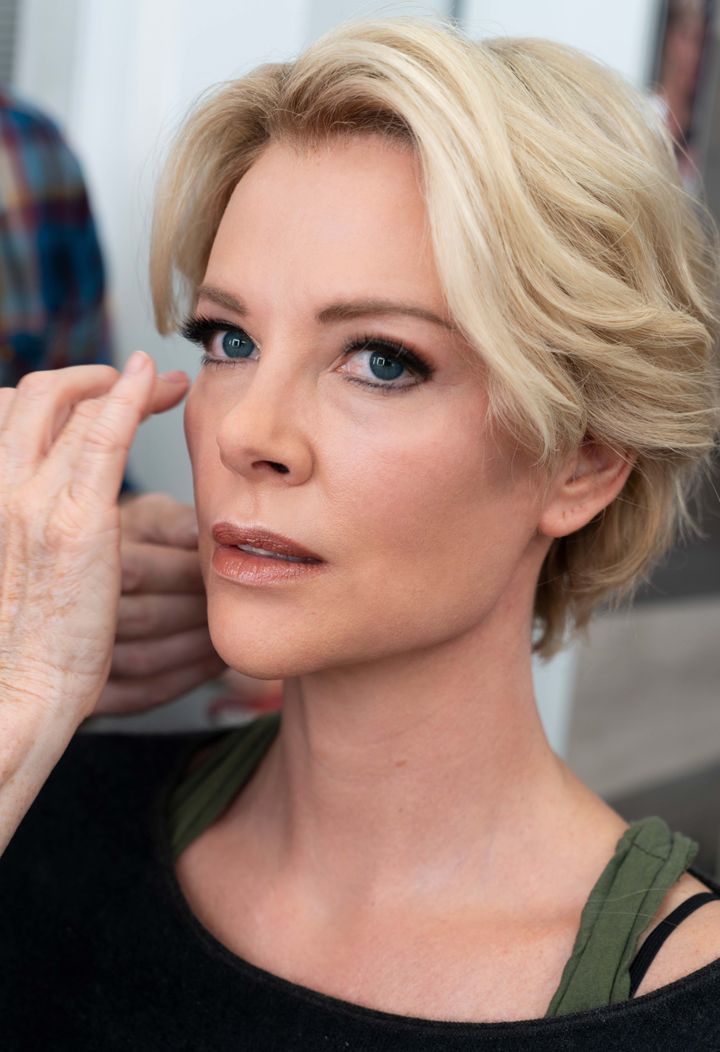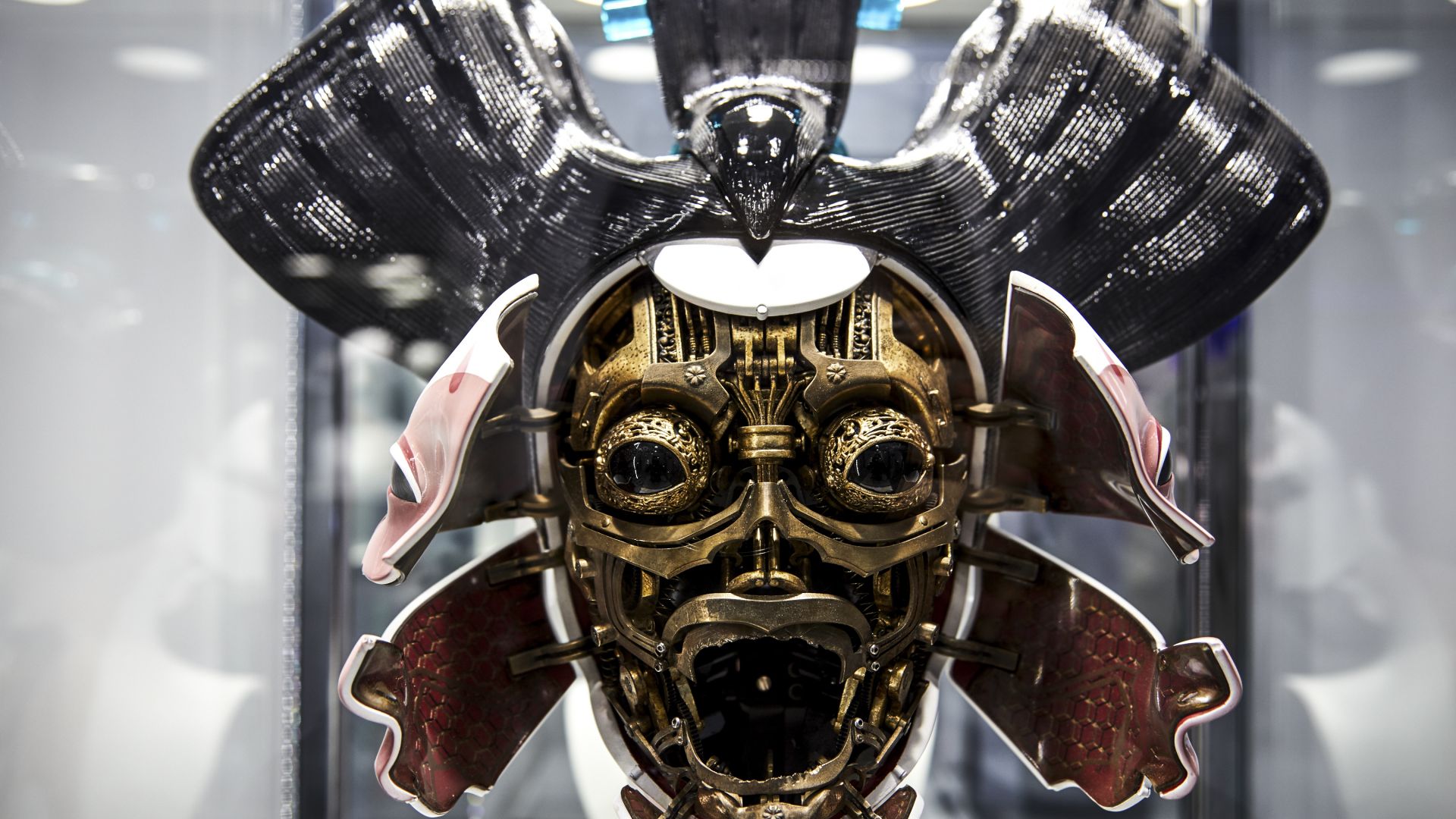3D printing technology has played an important role in transforming Charlize Theron into Megyn Kelly for her new movie, “Bombshell” – a HuffPost interview reveals.
Speaking to master prosthetist Kazu Hiro, the makeup artist of the film, the interview describes how 3D printing is increasingly used behind the scenes in movies.
“The difficult part is that everyone knows what they both look like”
For a real-life character role, makeup is essential. “It was really important for Theron to have the likeness of Megyn to help herself and help others really get into the story” – Hiro said. On the other hand, Hiro wanted the mask to be minimal, to enable the actress to act through the makeup. “I cut it down to the most essential and important parts” Hiro explained.

Designing and printing Megyn Kelly’s face
Hiro used a 3D scanner and 3D printer to design the prosthetics and tailor them to Theron’s face. The Hollywood makeup artist took a head cast and 3D scan of Theron to learn the key features and differences between the two women’s faces and decide which prosthetics to use.
The key differences between the facial features of the Fox news anchor and the star of Fast & Furious 9 included giving Theron a square, angular jaw, heavier eyelids, and bigger nostrils. “Megyn has much bigger nostrils, so I made nose plugs” – Hiro said. “Having something in your nose is, of course, uncomfortable, but I tried to make it as comfortable as possible.”
The prosthesis expert designed the nose plugs using a 3D scanner and 3D printer, cutting the modification process as well as the reproduction. He said, “Using a 3D printer made it easier to modify in a short pre-production time. I was able to make a new one in a few hours.”
“I went through five modifications, and once the design was finalized, I printed about 40 sets of plugs for the length of filming.”
For the prosthetics, Hiro and his team used medical-grade silicone and medical glue, not only for the jaw, the chin and the nose, but the eyelids as well. “It was one of the hardest parts,” – said the master prosthetist – “the eyes are so delicate and have to move with her. I changed it three more times”.
More difficulties with the makeup
Hiro applied the fake eyelids each day Theron was working. Therefore, the beauty team needed to take very good care of the actor’s skin, since it is very thin and sensitive around the eyes. “If you use too much glue, it hurts the skin. Charlize was working almost every day for 40 days: We couldn’t afford to hurt her skin because we didn’t have time to rest or change the schedule” – the prosthetic designer told LA Times.
Makeup department head Vivian Baker added, the beauty team could not use the usual makeup made for prosthetics, because it has a lot of chemicals and alcohol in it and real skin is much thinner and much more volatile to the toxins.
To blend together the real and fake skin, Baker created her own mix of makeup. “It was a little bit of a mad scientist process, and I don’t know if I can mix them up in the exact same way again!”, said Baker.

The transformation process took about three hours each time. Moreover, the team constantly needed to monitor the placement of the silicone, since it was very soft and stretchy and can wrinkle on the edges after a wrong movement, Hiro explained. Pre-production took about six weeks and was refined during filming by Hiro.
Personalized prosthetics not just in movies
Receiving a 3D printed face is not only for the movies. A personalized facial prosthesis was produced for Denise Vicentin, a Brazilian cancer survivor, who lost her right eye and also part of her jaw. To make the 3D model, researchers took 15 pictures of Vicentin’s face from various angles. The 3D printed prototype was then used to create the final device in 12 hours, which was produced from silicone, resin, and synthetic fibers.
Also in healthcare, New Zealand-based medical start-up, myReflection uses 3D scanning and 3D printed molds for developing personalized breast prostheses for cancer patients.
Back in Hollywood, 3D printing is opening new doors for the movie industry. For the remake of Ghost in the Shell, they made a digitally symmetrical 3D printed facial mask after scanning and head casting the actor’s face.

For Missing Link, creators used 3D printed models using Cuttlefish 3D printer driver. The studio created over 100,000 detailed color 3D faces using a Stratasys J750 3D printer.
3D printing can still appear in a more outlandish fashion. For example, in Ocean’s 8, a MakerBot Replicator Z18 3D printer appeared in a starring role. Although, the idea of using a 3D printer in a jewelry heist was cracked by our experts.
For more news about additive manufacturing, subscribe to our 3D Printing Industry Newsletter. You can stay up to date by liking us on Facebook and following us on Twitter.
If you are looking for a new role or want to hire additive manufacturing experts visit 3D Printing Jobs to browse jobs or place an advert for free.
Featured Image shows Kazu Hiro applying prosthetics to actor Charlize Theron. Photo via Lionsgate.


